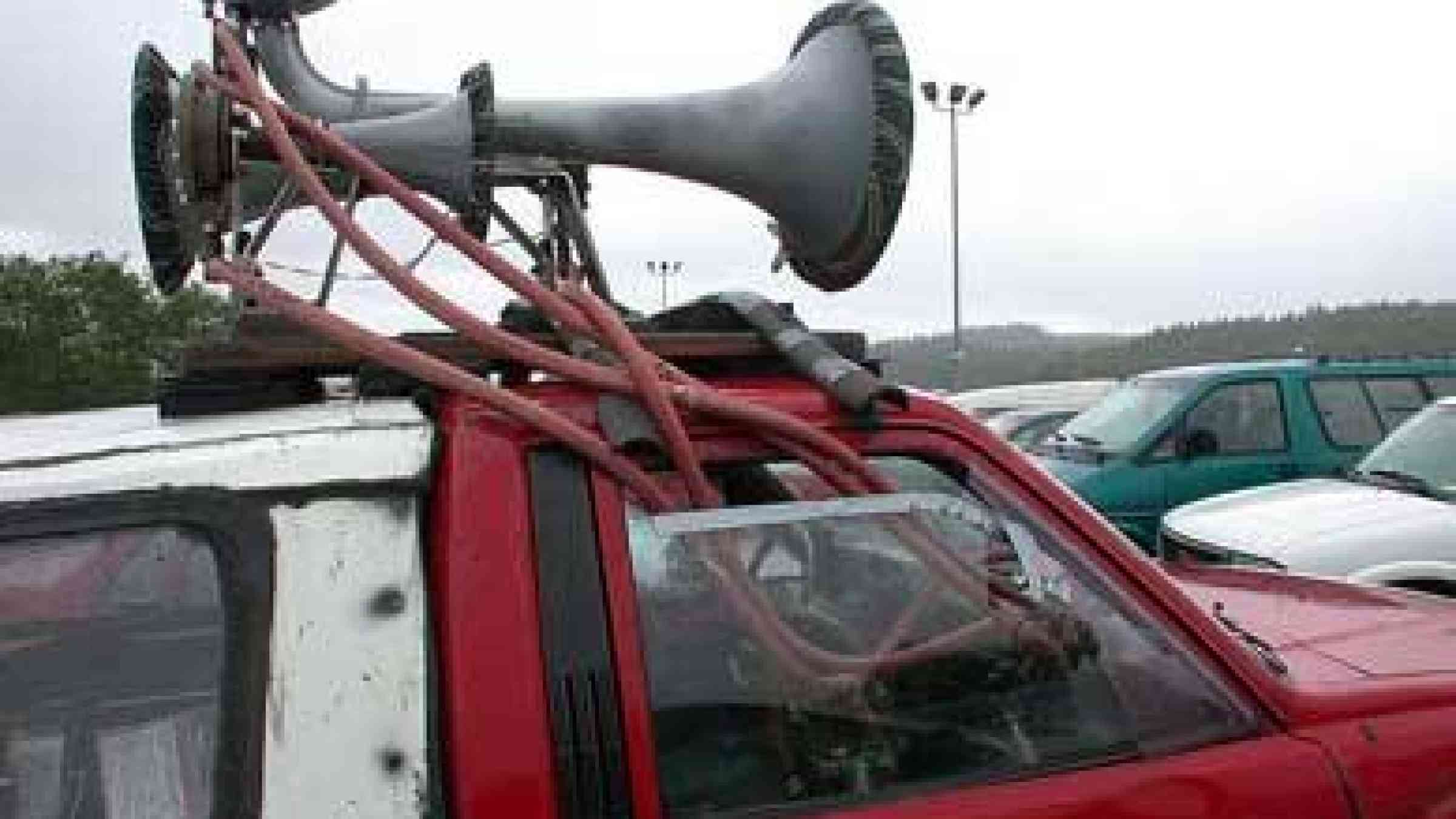
Post-tsunami South Asia has better early warning systems, but reaching remote communities is still problematic, asserts Nalaka Gunawardene in an editorial for Asian Scientist. On the tenth anniversary of the devastating Asian Tsunami of December 2004, the science writer takes stock of the improved tsunami early warnings and highlights the critical gaps and challenges that remain, which he summarizes in three points: "Early warnings work best when adequate technological capability is combined with streamlined decision-making, multiple dissemination systems and well-prepared communities," "even the most advanced early warning systems are only as good as their ability disseminate warnings efficiently and through multiple pathways," and "early warning systems need to be anchored in public trust and credibility."